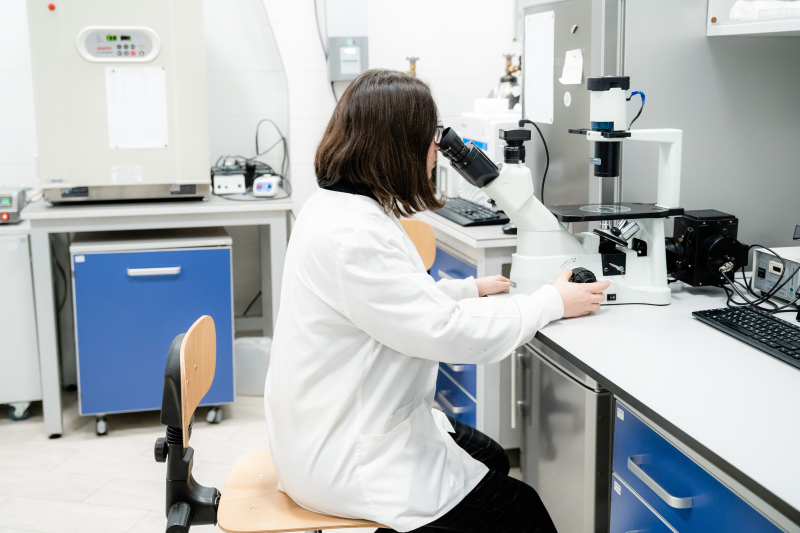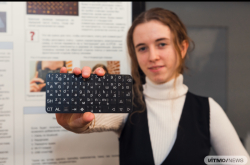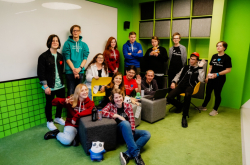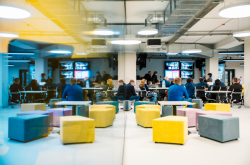Designed to support product-oriented projects run by first-year students of the Advanced Engineering School (AES), the scholarship program contest consists of five stages that will continue throughout the year. First, participants have to present their project idea and then defend it, proving that it will find its niche on the market. In the following stages, participants need to develop their prototypes and two versions of an MVP. The contest is open to both teams and individual students, who can join it at any stage, as the decision to offer a scholarship will be made independently for each participant.
Read also:
ITMO Team Successfully Presents Proposal for Advanced Engineering School
Creation of Advanced Engineering School at ITMO Approved by Russian Government
ITMO’s Advanced Engineering School Welcomes Its First Students
After the first stage of the contest, held on September 25-30, 20 winners were awarded the 30,000 rubles monthly scholarship and 6 runners-up won the 10,000 rubles tier. They will be receiving this financial support for three months. We asked some of the winners about their projects and plans for development.
Ivan Dubrovsky
A first-year Master’s student at the Advanced Engineering School
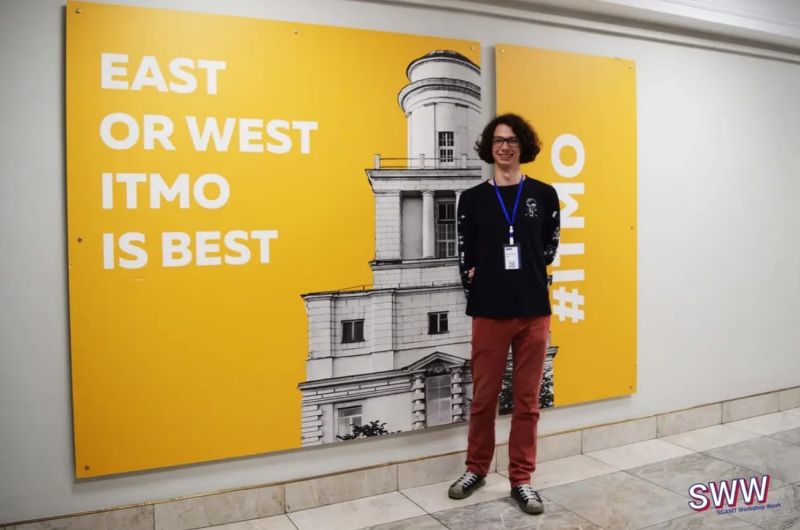
Ivan Dubrovsky. Photo courtesy of ITMO's SCAMT Institute
Ivan is working on a system that will predict the morphology of nanomaterials produced using solution chemistry methods
These days, it is quite challenging to develop nanomaterials with designated properties. First, you have to synthesize a great number of materials that you then have to analyze using different methods, such as using a scanning electron microscope (SEM). However, this approach doesn’t guarantee that these materials will demonstrate the properties you need them to have, which means that this synthesis and analysis cycle will have to be repeated until you arrive at the necessary result.
My project is meant to facilitate this process. I am developing a system that will generate images similar to those produced by the SEM. Using these, it will be possible to gauge the size, shape, and morphology of depicted nanoparticles. All you will need to do is specify the nanomaterial’s synthesis method and the system will use natural language processing algorithms to structure this information based on the texts of research articles. Then, the system will use this structured information to generate a SEM image. If it doesn’t fit the required parameters, researchers using the system will need to simply generate another image using the information about a different synthesis method or change the parameters of the current one.
I chose this project because it’s ambitious and it poses a challenge. As I wanted to dive deep into this field, I decided to try and do something that will change our views on developing new nanomaterials. My system will make it possible to significantly reduce routine work when creating new nanomaterials with needed properties, because often the shape and size of nanoparticles determine the material’s physical and chemical properties. These are important in various fields – for instance, catalytic activity is key in the industry, while toxicity is important for medicine. However, the system will also find its applications in agriculture, ecology, electronics, and other fields.
At the moment, I have completed the natural language processing unit and am now working on the image generating algorithm. As the project requires considerable computing power, I am planning to use the scholarship to pay for improvements to my PC. This will help me develop the necessary models more efficiently.
Kristina Zheltova
A first-year Master’s student at the Advanced Engineering School
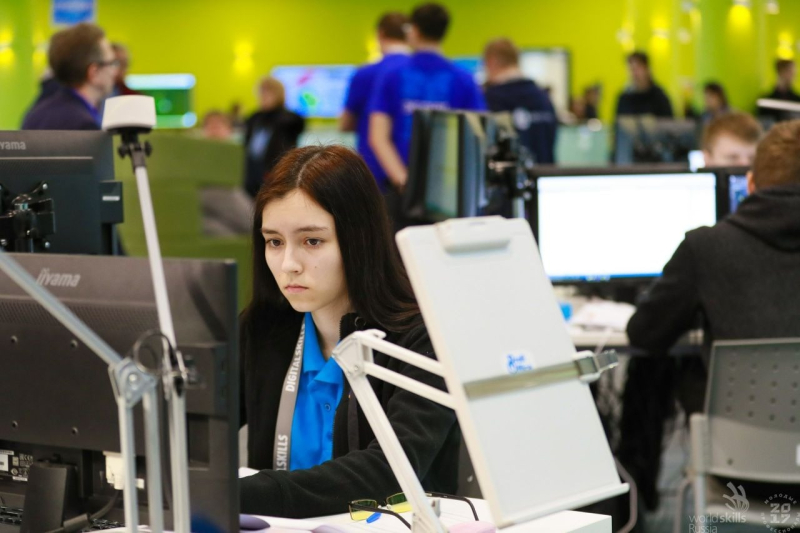
Kristina Zheltova. Photo courtesy of the subject
Kristina is developing DeployMe – a minimalistic framework for automated deployment of ML models
In talking to data specialists, we’ve found several aspects of their work that can be automated in order to increase efficiency. For instance, machine learning specialists tend to spend a lot of time on integrating an already trained model into the production pipeline. According to an Algorithmia report, more than half of surveyed companies reported spending anywhere from 8 to 90 days on that task. Together with Konstantin Templin, another Master’s student of the AES, we believe that this time could be spent on more important things – so, we decided to develop a tool that would automate the deployment of ML models.
Where once ML developers would spend time manually writing and tuning their code, now they can simply install our tool and do all that with just one line. This tool is useful for data specialists who don’t have a lot of experience with full-cycle ML solution development. One possible field of application are hackathons.
Compared to our competitors, there are several advantages that our solution offers. It’s more flexible and can quickly convert models into services or Docker containers. It also supports several other widely used ML instruments such as scikit-learn, LightAutoML, and XGBoost.
The project is currently in active development. In the future, we plan to create a user manual, promote the software on various open platforms like ODS, Habr, and Medium, and develop a monetization strategy.
Daria Voronkina
A first-year Master’s student at the Advanced Engineering School

Daria Voronkina. Photo courtesy of the subject
Daria is developing Deeploid – a genome analysis service
Deeploid Meta is a metagenome analysis project. Did you know the human body contains more than 100 trillion bacteria? And soil or crude oil contain even more. Scientists have demonstrated that bacteria can affect digestion, intelligence, skin and teeth, as well as the fertility of soil and quality of fossil fuels. Together with other Master’s students of the AES – Nikita Venediktov, Mikhail Gurevich, and Yuri Balandin – as well as first-year Master’s students of the Applied Genomics program, Margarita Ilyina and Valentina Grushina, we believe that metagenome management can help solve global issues and hope that our project can be a part of that. The existing databases aren’t beholden to a single standard, resulting in vast differences between them. We want to create a standardized database of metagenome data with a user-friendly UX/UI. Our product is also going to be free for academic use, meaning that all and any researchers will be free to use it for their needs.
We want to work with DNA extracted from objects such as skin, saliva, feces, soil, or crude oil to process and analyze the microbiota. For that purpose, we plan to develop a standardized database complete with an API and a CLI for ease of access. We are confident that our product will provide a handier, quicker way to access all the information you need about a specific microbiota and its make-up.
Right now, we’ve moved on to the prototype stage. In the future, we plan to raise funds in order to work on a more detailed metagenome analysis.
